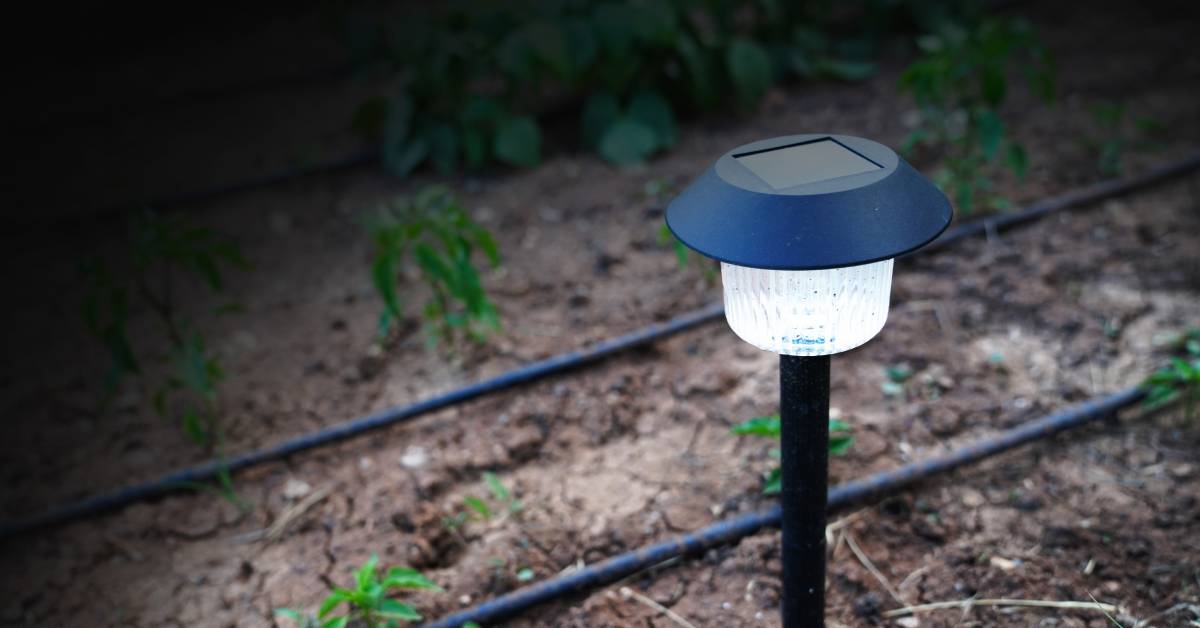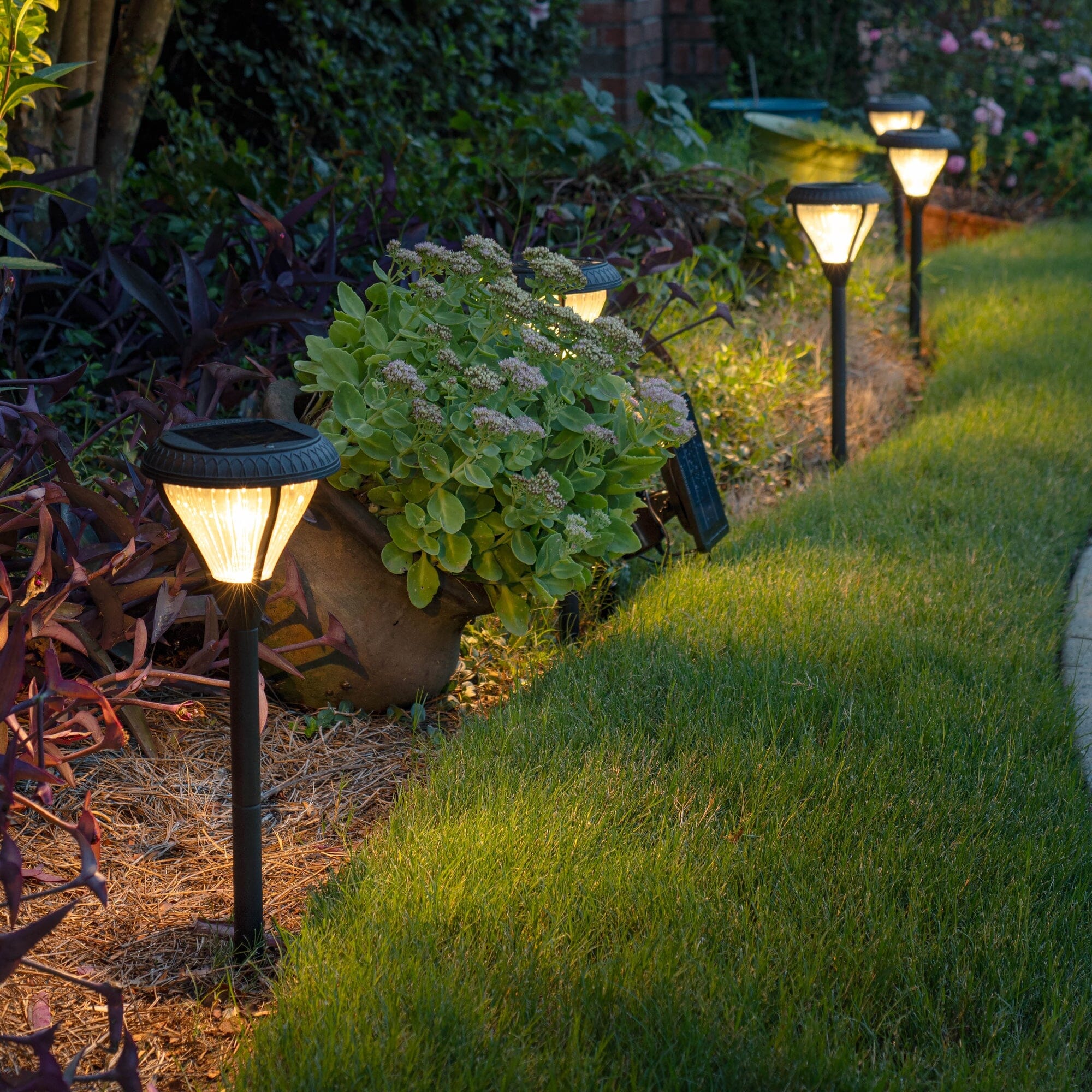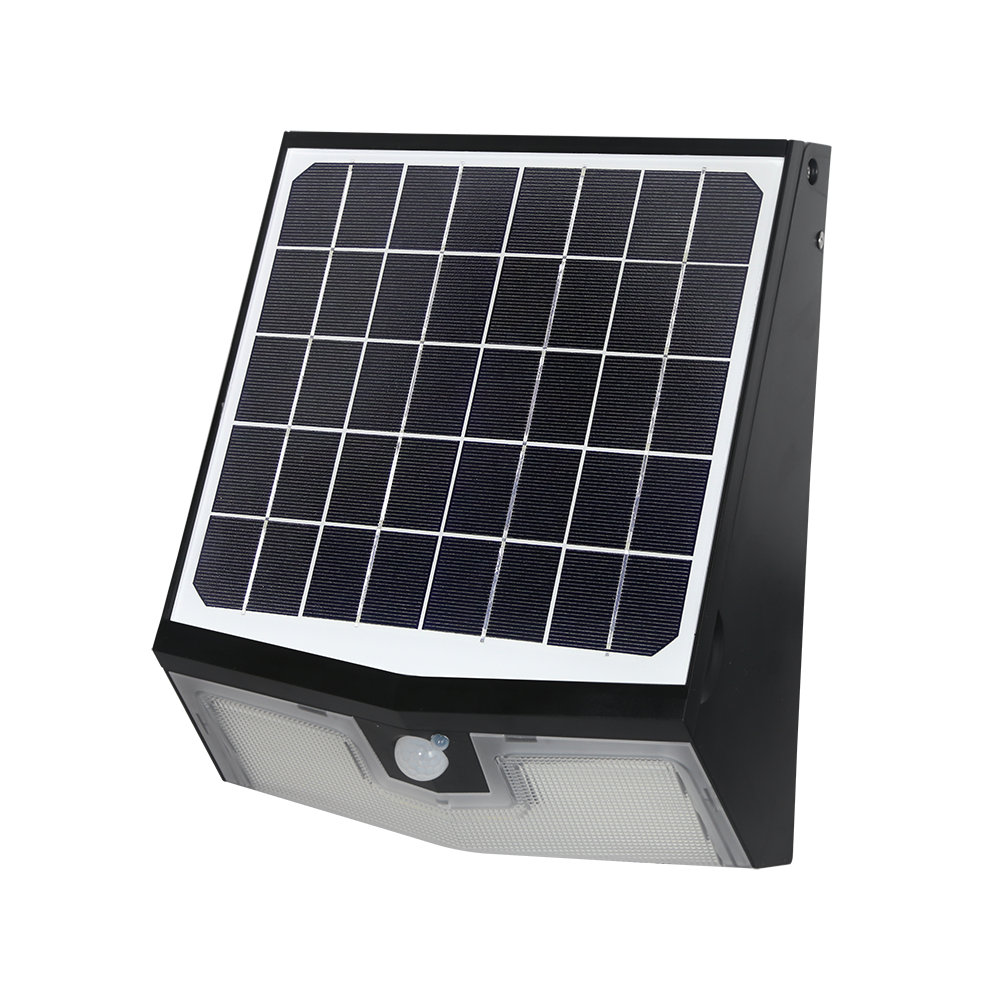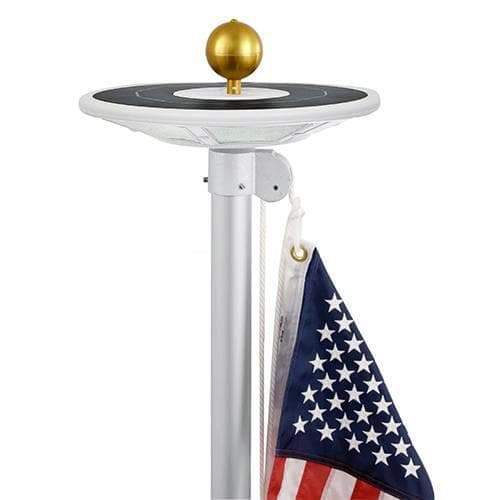Outdoor solar lights offer an efficient and attractive way to illuminate your home, providing you with energy cost savings. However, people sometimes experience issues with them. Whether your lights aren’t shining as they should or their performance has diminished, diagnosing the problem is the first step toward finding a solution. This blog provides a comprehensive guide to identifying solar lighting problems and how to address them so you can ensure they enhance your outdoor spaces.
Your Lights Won’t Shine
After you first install your new lights on your lawn, you may find that they don’t perform as you expected. You may find that they aren’t shining long enough—or not at all. By following the tips below, you can rectify this issue and enjoy the benefits of solar lighting.
Consider How Long You Let Them Charge

One step you should take when trying to troubleshoot this issue is to consider how long you let your solar lights charge. If you don’t give them enough time, even the most well-placed lights will fail to function properly.
Solar lights typically require at least eight hours of direct sunlight to charge the batteries fully. During shorter daylight hours or cloudy days, the energy stored might not sustain long illumination periods. If they don’t get enough sunlight exposure, they will likely not work to your satisfaction. If the location features trees, buildings, or other obstacles that provide shade over the panels, they will not receive the sunlight necessary for charging.
Evaluate where shadows fall throughout the day to ensure that panels have unobstructed access to sunlight. Repositioning the lights to sunnier locations, potentially on elevated surfaces, can markedly improve their performance.
Examine Your Battery for a Tab
Some solar lights come with a tab in the battery compartment to preserve power during transport. If you don’t remove this tab, your light won’t receive any power. First, open the battery compartment and inspect for any shipping tabs covering the terminals.
Remove this tab and test the light again. If removing the tab solves the issue, your light should function correctly. Additionally, ensure you have seated your batteries tightly in their compartments, as loose connections can cause power failures.
Check if Local Lights Hurt Their Performance

Placing your solar lights close to artificial lighting—such as streetlamps or porch lights—may interfere with solar sensors. These may cause your solar lights to think that it is still daytime, thereby preventing them from turning on. To test this, temporarily mask the external light sources or relocate the solar lights to a darker spot and check for improved functionality.
If their performance improves, consider permanently repositioning your solar lights or adjusting local lighting to prevent further interference. Creative placement can enhance their usefulness and maximize their aesthetic appeal.
Your Lights Don’t Work As Well as Before
After reviewing solutions for solar lighting problems that can occur when you first start using your light, it’s time to look at the period after you have had it for a long time. You may reach a point when the light doesn’t perform as well as it did previously, giving you issues such as flickering or dimmed light. Review the options below to find the source of the problem.
Clean Off the Panels
One way to improve the performance of your lights is to clean the solar panels on a regular basis. The exterior surfaces can accumulate dust and grime over time, blocking the sun from the panel and preventing it from accumulating and generating power.
Fortunately, the cleaning process only requires a damp rag or piece of fabric. Try to avoid using abrasive materials, which might scratch the panels. You should be able to restore the panels’ efficiency with gentle wiping. In areas prone to pollution or dust storms, frequent cleaning becomes even more vital to maintain excellent performance levels.
Determine if You Need a New Battery
Another reason why your lights may not perform as well as before is that they need new batteries. These power sources can degrade over time and may show symptoms that you need to replace them, such as swelling or being incapable of charging up.
Rechargeable batteries used in solar lights typically last between one and two years. Consider replacing the older ones with batteries that match the original specifications. After you install them, look at the brightness of your light to see if it has improved. Fresh batteries often rejuvenate dull solar lights.
See if You Need To Change the Light Bulb
Over time, the light bulbs in your solar fixtures might burn out or become dim. If light intensity remains unsatisfactory after cleaning and battery replacement, consider switching out the bulb. Carefully remove the bulb and examine it for signs of damage, such as dark areas or missing filaments.
Obtain a replacement bulb compatible with the fixture to ensure proper fitting and performance. You can then test the light with the new bulb to see if there’s an improvement in the levels of light quality and brightness. This straightforward fix can restore the solar light’s functionality.
Examine the Wiring
One last tip for troubleshooting is to examine your solar light system for any signs of damaged or exposed wiring. This can interrupt the power flow, leading to inconsistent performance. Inspect the connection points for signs of wear, including cracks or breaks in the wire insulation.
You should also ensure connections are tight and repair or replace wiring as needed. Properly functioning wiring means your solar light will experience a steady flow of electricity to power it sufficiently. If you feel uncertain about your skills when it comes to fixing wiring issues, consult with a professional about repairing your light.
With the help of this guide, you can ensure that your lights stay in peak condition and improve the beauty of your landscape. You can also keep your property looking good by buying products from Outdoor Solar Store. Our high-quality items include outdoor solar spotlights that will allow people to see the parts of your lawn you are most proud of, even after the sun goes down.























